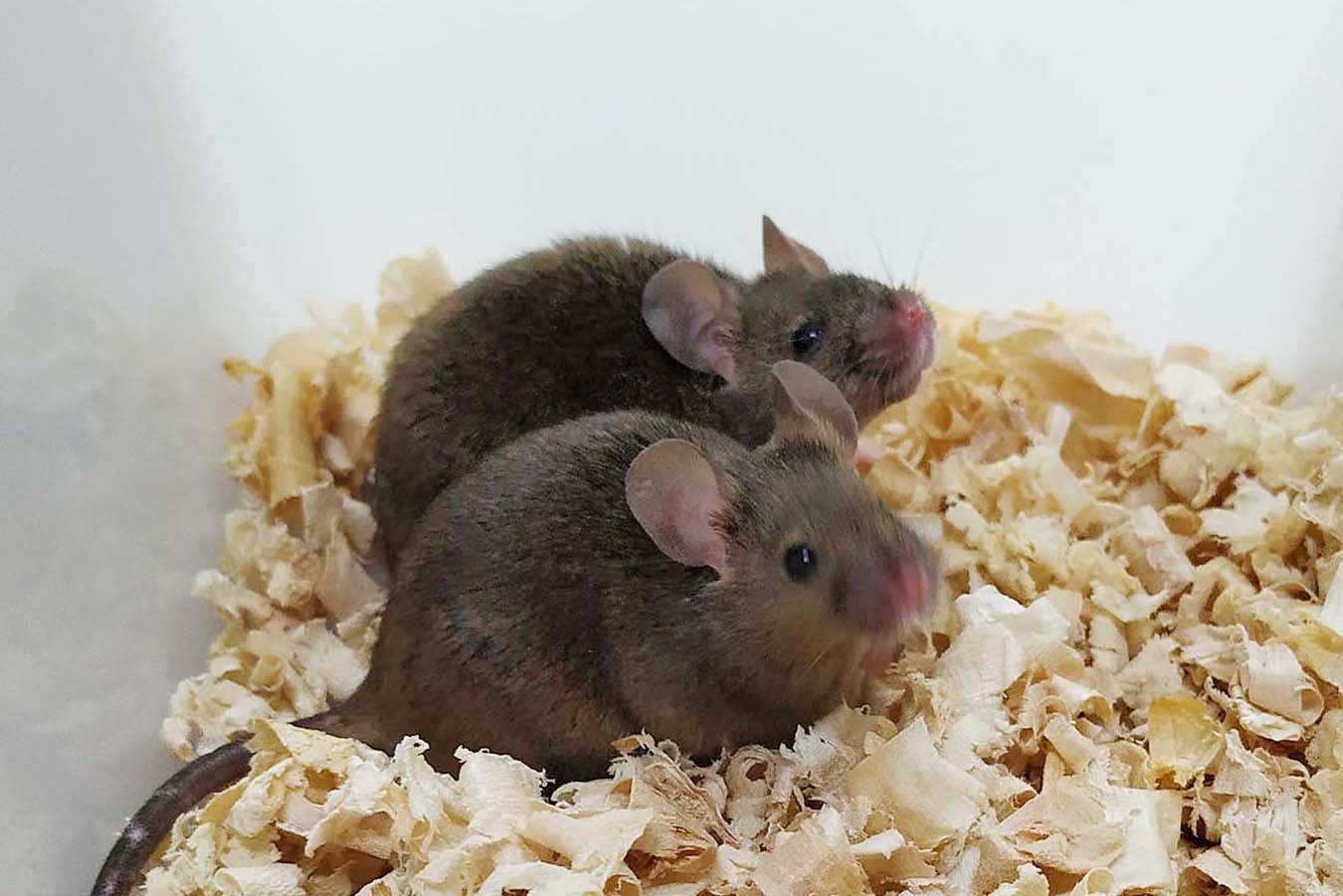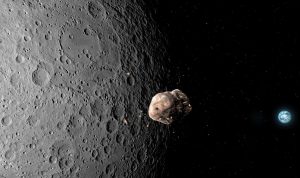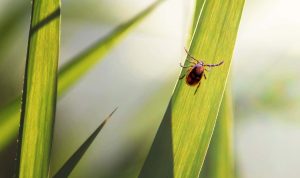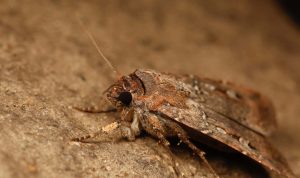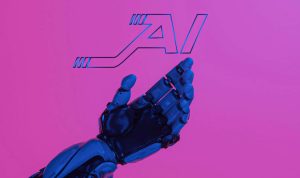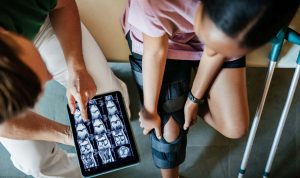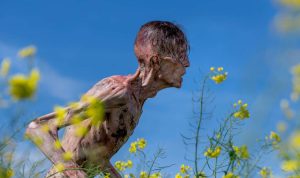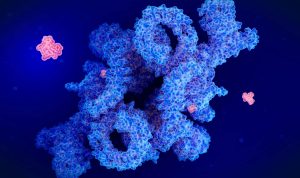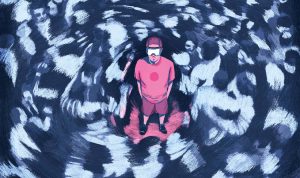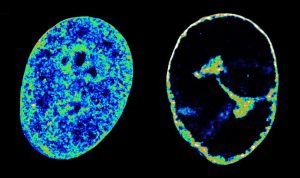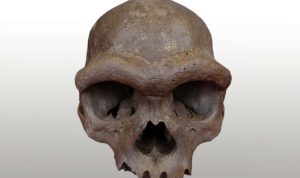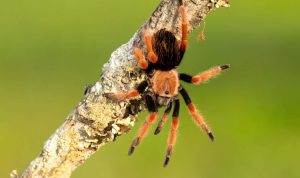We're a step closer to two men being able to have genetic children of their own after the creation of fertile mice by putting two sperm cells in an empty egg
Adult male mice that have two fathers and went on to have offspring of their ownYanchang Wei
Adult male mice that have two fathers and went on to have offspring of their own
For the first time, mice with two fathers have gone on to have offspring of their own – marking a significant step towards enabling two men to have children to whom they are both genetically related. However, there is still a long way to go before this could be attempted in people.
Yanchang Weiat Shanghai Jiao Tong University in China achieved the feat by putting two sperm cells together in an egg whose nucleus had been removed. The team then used a method called epigenome editing to reprogram seven sites in the sperm DNA, which was needed to allow the embryo to develop.
Read moreA family tree of humanity released in 2022 shows how we're all related
A family tree of humanity released in 2022 shows how we're all related
Of the 259 of these embryos that were transferred to female mice, just two offspring – both male – survived and grew to adulthood, making the success rate very low. Both then fathered offspring – which appeared normal in terms of size, weight and appearance – after mating with females.
Creating mice with two fathers has proved to be much harder than creating mice with two mothers.The birth of the first fertile mouse with two mothers, Kaguya, was reported in 2004.
Kaguya had to be genetically modified, but in 2022, Wei and his colleagues were able tocreate similarly fatherless mice using only epigenome editing, which doesn’t alter the DNA sequence. This same method was used to make the motherless mice.
Get the most essential health and fitness news in your inbox every Saturday.
The reason it is such a significant feat to create mammals with two fathers or two mothers is due toa phenomenon called imprinting, which is related to the fact that most animals have two sets of chromosomes, one inherited from the mother and one from the father.
During the formation of eggs and sperm, chemical labels are added to these chromosomes that program some genes to be active and others to be inactive. These changes are called “epigenetic” because they don’t change the underlying DNA sequence, but the labels can still be passed on when cells divide, meaning their effects can last a lifetime.
Crucially, epigenetic programming in mothers is different from that in fathers, with some genes that are labelled as “on” in sperm being labelled as “off” in eggs, and vice versa.
This means that if an egg has two sets of maternal chromosomes, or two sets of paternal ones, it cannot develop normally. A gene that should be active in one chromosome of a pair may be turned off in both, or both copies of a gene may be active when only one should be, resulting in an “overdose” of that gene.
In Kaguya’s case, researchers got around this by deleting part of a gene to make overall gene activity more normal. But creating mice with two fathers requires many more changes.
Earlier this year, a separate team in Chinagot a few mice with two fathers to grow to adulthoodafter making 20 genetic modifications to normalise their gene activity, but these mice weren’t fully healthy or fertile.
While correcting gene activity via genetic modification is useful for studying imprinting in lab animals, it would be unacceptable in people, not least because the effects of the genetic changes aren’t fully understood.
Nature, nurture, luck: Why you are more than just genes and upbringingYour genes and environment play a big part in forming you, but there is an unexplored third element at play too: luck. The chance events that shape your brain in the womb may influence who you become as much as your genetics, and perhaps even more than the effect of parenting
Nature, nurture, luck: Why you are more than just genes and upbringing
Your genes and environment play a big part in forming you, but there is an unexplored third element at play too: luck. The chance events that shape your brain in the womb may influence who you become as much as your genetics, and perhaps even more than the effect of parenting
For their epigenetic approach, Wei and his team used modified forms of theCRISPRproteins that are usually used for gene editing. Just like standard CRISPR proteins, these can be made to seek out specific sites on genomes. But when these sequences are found, the modified proteins add or remove epigenetic labels rather than altering DNA.
The study is a major step forward, saysHelen O’Neillat University College London. “It confirms that genomic imprinting is the main barrier to uniparental reproduction in mammals and shows it can be overcome.”
Because it doesn’t involve genetic modification, the epigenome-editing approach could, in principle, be used to allow same-sex couples to have genetic children of their own. However, the success rate would need to be much higher before the technique could be considered for use in people. “While this research on generating offspring from same-sex parents is promising, it is unthinkable to translate it to humans due to the large number of eggs required, the high number of surrogate women needed and the low success rate,” saysChristophe Galichetat the Sainsbury Wellcome Centre in the UK.
There are several reasons why the success rate was so low. For starters, combining two sperm cells means a quarter of the embryos had two Y chromosomes and wouldn’t have developed far. Also, the epigenome editing only worked at all seven sites in a small proportion of the embryos, and it might have had off-target effects in some cases.
Self-centred, spoiled and lonely? Examining the only child stereotypeMore and more parents are choosing to only have one child. Here’s what the evidence says about how growing up without siblings affects their personality traits and well-being
Self-centred, spoiled and lonely? Examining the only child stereotype
More and more parents are choosing to only have one child. Here’s what the evidence says about how growing up without siblings affects their personality traits and well-being
The success rate andhealthof the animals could probably be improved by altering more than seven sites. Another issue is that in people a slightly different set of sites might need altering.
If human babies with two fathers are ever created in this way, they would technicallybe three-parent babiesbecause the mitochondria in their cells, which contain a tiny amount of DNA, would come from the egg donor.
In 2023, a team in Japan announcedthe birth of mouse pups with two fathers using a third techniquethat involves turning mouse stem cells into eggs. However, it isn’t clear if any pups survived to adulthood, and so far no one has managed to turn human stem cells into eggs.
Journal reference:PNASDOI: 10.1073/pnas.2425307122
PNASDOI: 10.1073/pnas.2425307122
Receive a weekly dose of discovery in your inbox!
We'll also keep you up to date withNew Scientistevents and special offers.

